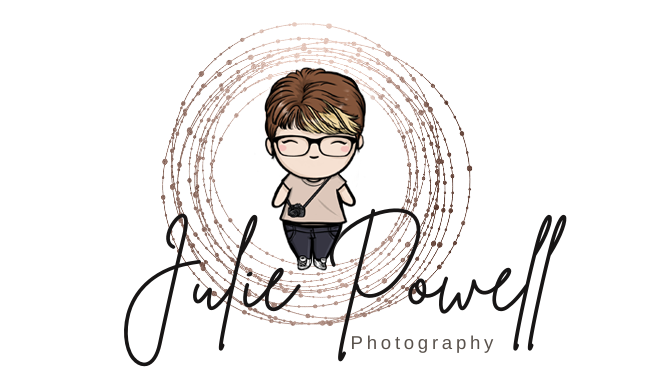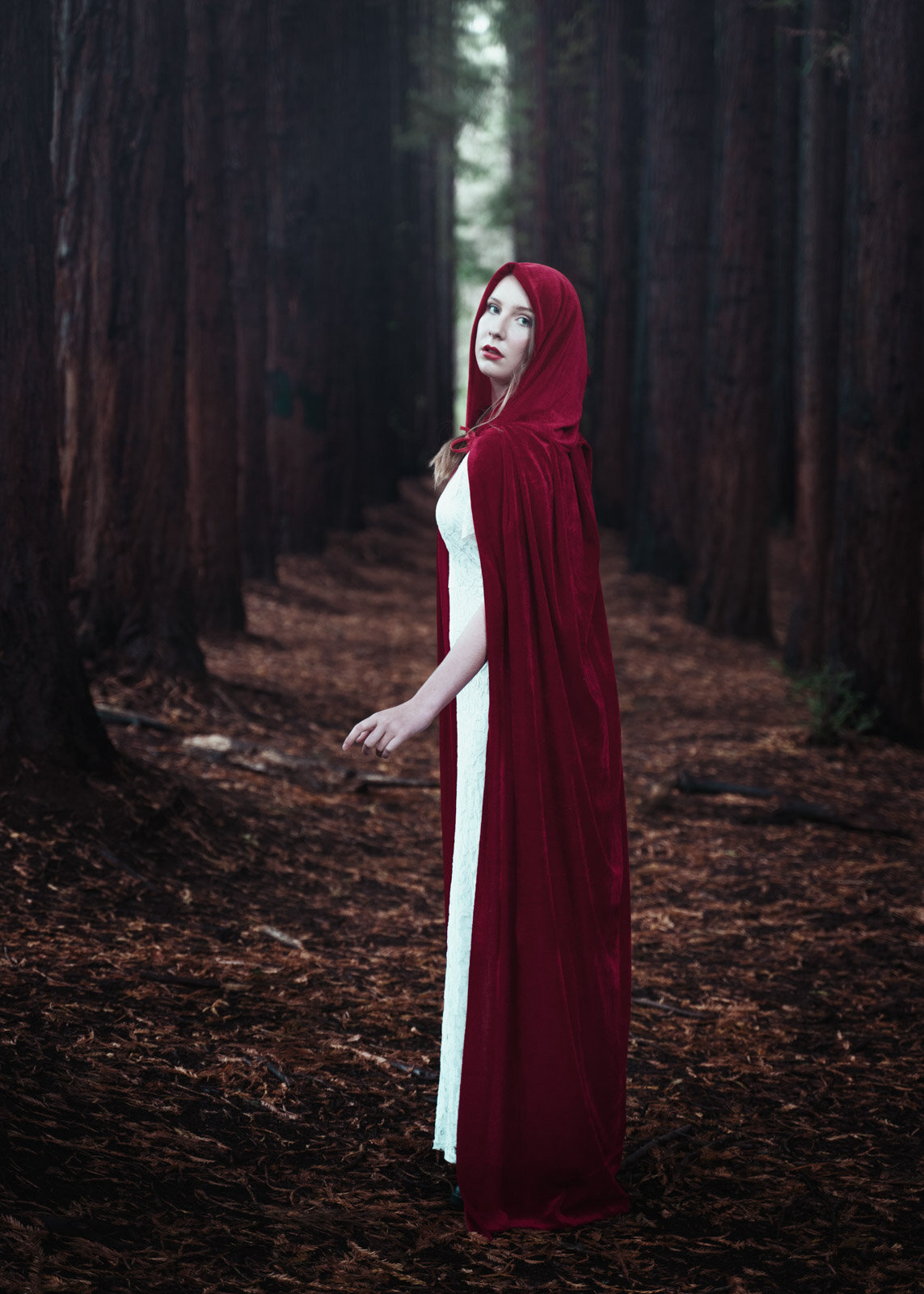Using a low aperture for getting the shot in tricky light
Using a low aperture for getting the shot in tricky light is often a great way to shoot a scene.
I recently photographed a Red Riding Hood inspired portrait session in a redwood forest. Even though it was shot at 10 a.m., it was so dark on the edge of the forest that the only way to capture detail was to use a low aperture, like f/2.8. My Tamron 28-75mm f/2.8 workhorse is a fantastic lens for doing just that.
By using a low aperture you are effectively letting in more light, while something like f/8 will let in far less light. The larger aperture allows you to capture more area in-focus, this is true. But when available light is scarce, it can become problematic in some situations.
By KoeppiK – CC BY-SA 4.0, https://commons.wikimedia.org/w/index.php?curid=78136658
Lenses that let in a lot of light are considered to be fast, meaning their ability to gather light quickly. But this is all relative.
The concept of what is a fast aperture depends on the focal length you’re referring too. A 50mm f/1.4 lens is considered fast, whereas a 300mm lens, f/2.8 is also considered fast. Generally speaking, prime lenses are faster than telephoto. You can read a little more about aperture here.
Of course, the Tamron 28-75mm lens captures more than just low light portraits, it’s my workhorse for a reason. Read more about it here.
As the day progressed, the light actually lessened and we ended up adding a speedlight to be able to capture the images we wanted, even at f/2.8 we could no longer shoot handheld. No doubt if I had an f/1.4 lens or similar, I may have been able to shoot for longer without the need for a speedlight.
Model – Nicola Paige | HMUA – Pout Perfection Melbourne









